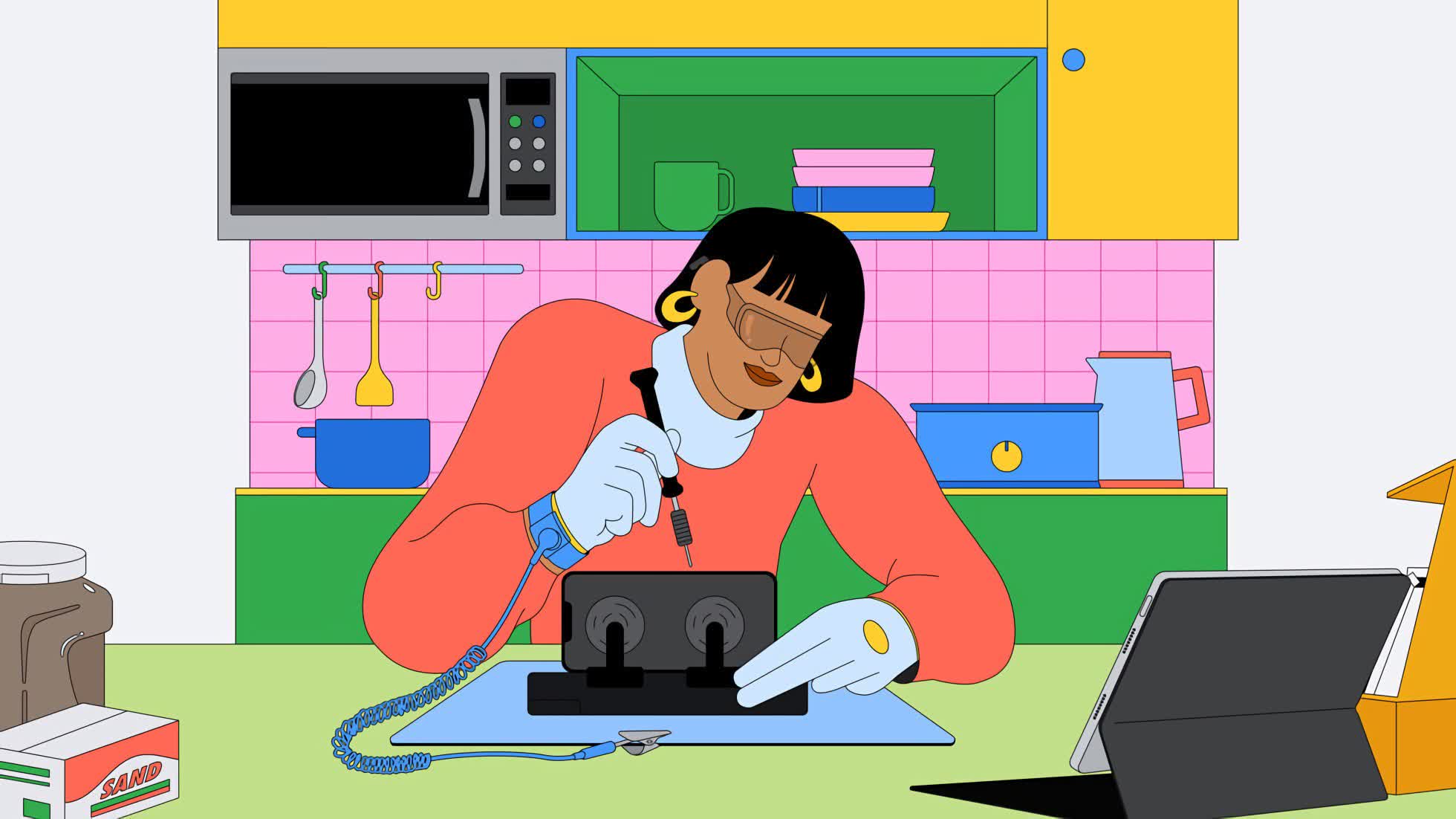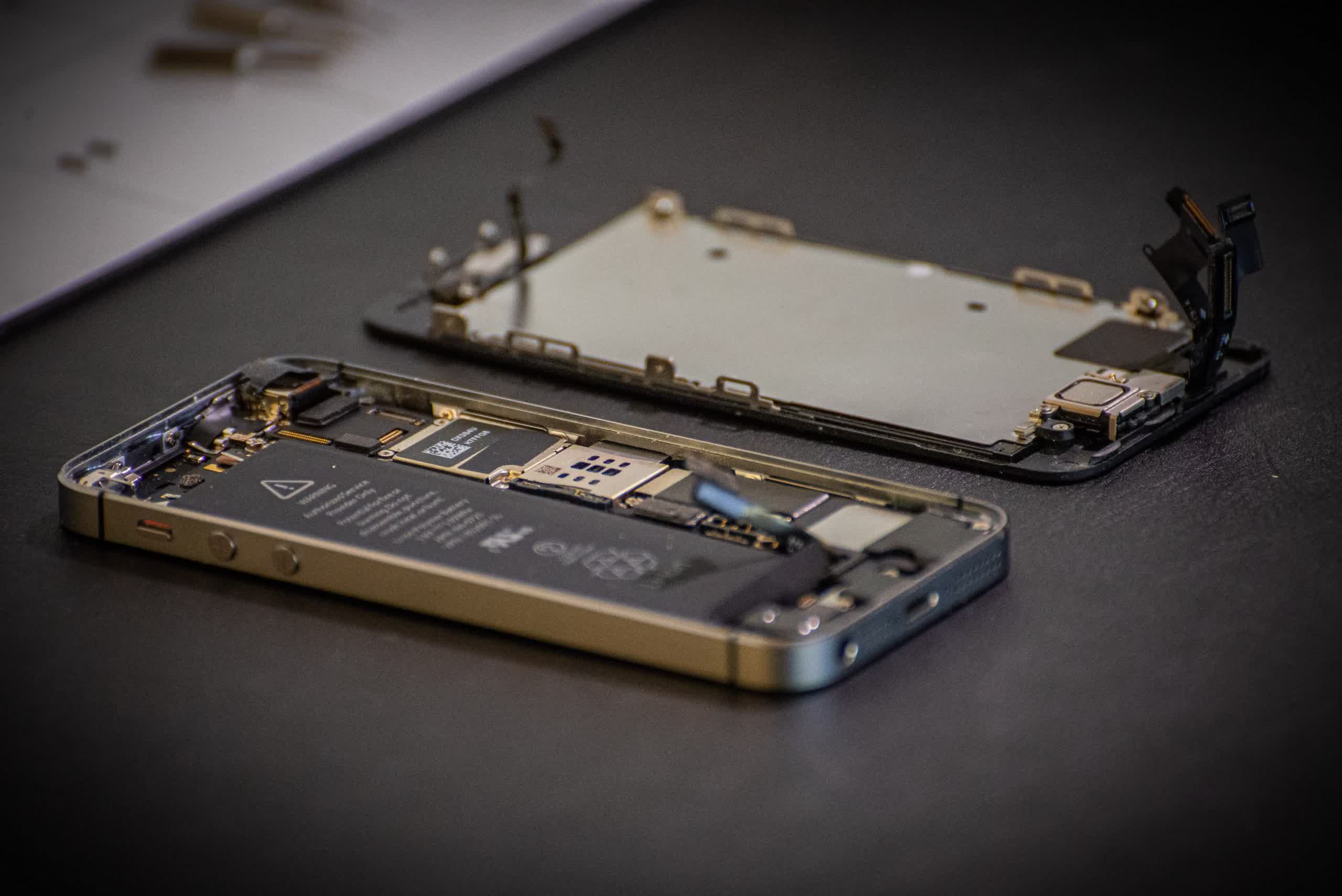Talk about a 180: If you are already a repair technician, you've likely found it frustrating that you cannot repair your own or a family member's iPhone because you have no access to the parts. That is about bout to change. Starting next year, Apple will offer certified parts, tools, and repair manuals available to anyone.
The Right-to-Repair (R2R) movement can celebrate a huge victory today as Apple has announced it will sell Mac and iPhone parts, tools, and manuals to private individuals. The "Self Service Repair" program will allow customers with the technical skills to make repairs without having to send their device to Apple or take it to a third-party repair shop.
The program launches in early 2022 in the United States, but it will expand to other regions throughout the year. Customers will only be able to repair or replace screens, batteries, and cameras at first. According to Apple, these are the most commonly serviced modules, but it plans to expand its parts line in the future.
When it begins, the program will only offer repair materials for iPhone 12 and 13 and will expand to M1 Macs sometime later. The Self Service Repair Online Store will stock more than 200 parts and tools, but Apple did not have any pricing information available.
"Creating greater access to Apple genuine parts gives our customers even more choice if a repair is needed," said Apple COO Jeff Williams. "In the past three years, Apple has nearly doubled the number of service locations with access to Apple genuine parts, tools, and training, and now we're providing an option for those who wish to complete their own repairs."

TechCrunch notes that choosing to repair your own device will not void its warranty, but damaging it during a repair might. Modern phones are pretty complicated devices, and internal components can be delicate. Apple does not recommend home repairs for novice users. Instead, the program targets customers already trained in electronics repair. Even then, Apple has a careful procedure for home repairs.
First, customers must review the repair manual. After that, they can order the part or parts needed from the Apple Self Service Repair Online Store. After they have fixed their device, they can return the broken module to Apple for recycling and a credit on their purchase.
Apple has lobbied and fought against the R2R movement in the past. However, it seems to have softened on the matter more recently.
In 2019, Apple introduced an independent repair initiative that allows third-party repair shops access to genuine Apple parts and tools. It expanded that program last year, giving customers even more options for repairing their devices. More recently, it promised to patched out a software kill switch that disabled Face ID if users had their screen repaired outside of official Apple service providers.
Self Service Repair is arguably the most significant step toward the right to repair that Apple has ever taken. Recent pressure from antitrust lawsuits and investigations probably played a role in reversing Apple's R2R stance.
Image credit: Joel Rohland
